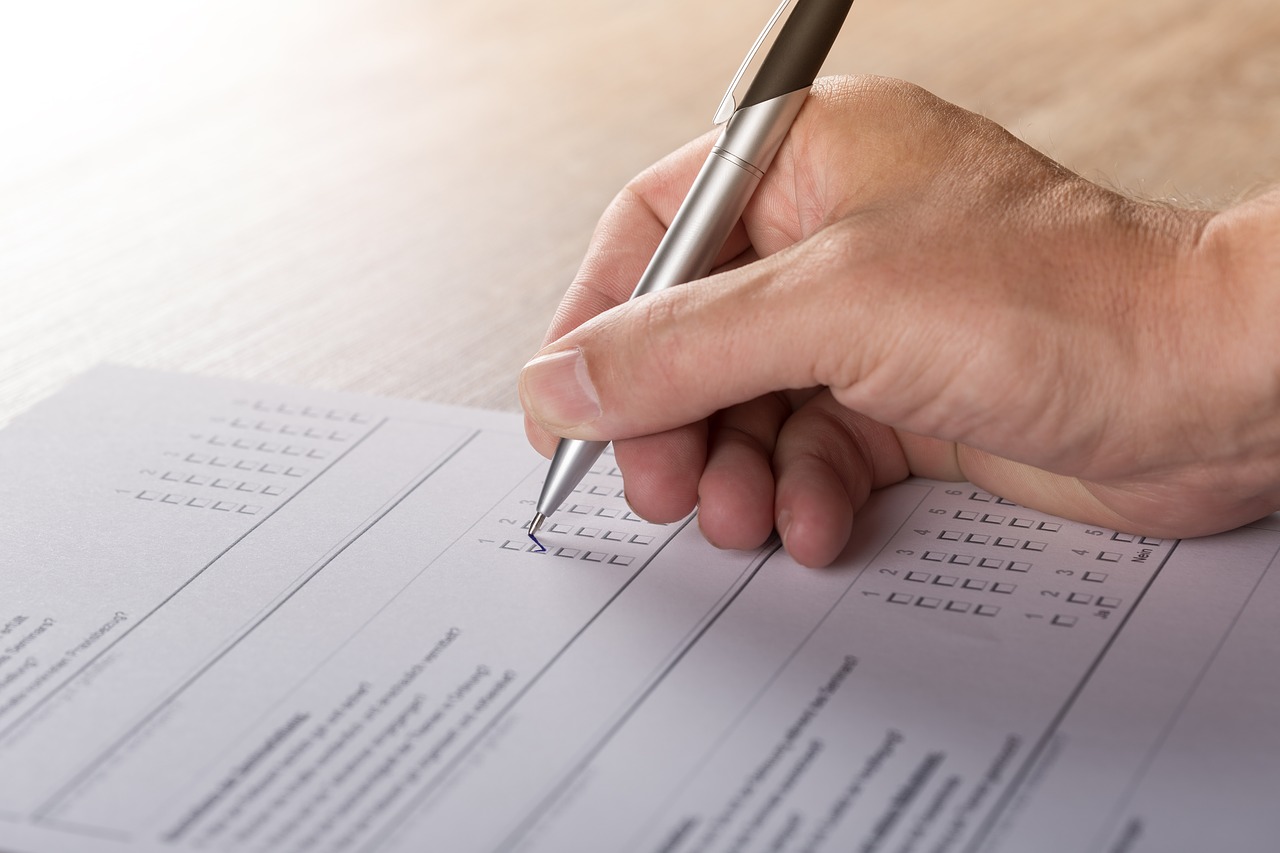JURIST staffers from the University of Pittsburgh School of Law are filing dispatches on various aspects of the November 2022 midterm elections in Pennsylvania. Here, Pitt Law 1L JP Leskovich reports on how the counting of mail-in ballots in Pennsylvania is complicated and delayed by the absence of legislative authorization for “pre-canvassing”.
Monday was the last day for Pennsylvania voters to request a mail ballot. Although fewer people requested a ballot than in 2020, when more than 2 million people voted by mail, the Pennsylvania Department of State’s mail ballot report for Monday showed that over 1 million people requested a mail ballot for this election. So far, more than 550,000 ballots have been returned. In an election so contentious, that many votes can make all the difference, tipping the scales for one candidate or another.
That’s what happened in the 2020 Presidential election. Donald Trump led the Election Day vote by 1.3 million votes, but Joe Biden overcame that margin with a wider 1.4 million vote lead in mail ballots. It took until the Saturday after the election, four days later, for enough mail ballots to be counted to finally call the state, and the election, for Joe Biden. In the time between Election Day and the final results, unfounded claims and conspiracy theories about mail voting abounded, which are still reverberating in elections across the country. Why did it take so long to count those votes? And will the same thing happen in 2022?
The answer is simple: it takes time to count votes, and those votes are counted at the county level. Many states with widespread mail voting allow counties to begin counting those votes before Election Day, called “pre-canvassing.” Counting mail ballots takes more time because election officials must verify, open, and scan each individual ballot. In-person votes are tallied by voting machines at the polling place and then collected in regional reporting centers. Pre-canvassing gives counties the time they need to count all the votes they receive by mail and allows them to release final results more promptly. This prevents confusion and protects against unfounded claims of fraud or conspiracy theories.
But Pennsylvania doesn’t allow pre-canvassing. As a result, almost half of Pennsylvania’s counties were still counting mail ballots a week after the election, according to the Pennsylvania Department of State’s post-2020 report. Many of those counties were less populated, rural, and under-resourced. And in the 2022 primary, according to an analysis by Pitt professor Lara Putnam, only 1/3 of mail votes came from Pennsylvania’s three largest counties. Half of them came from outside the Pittsburgh and Philadelphia areas. That’s a lot of votes to count in all kinds of counties, and it takes a lot of time.
2) the Democratic lean of mail-in ballots (versus in-person ballots) is actually *smallest* in Philly & Pittsburgh, and *largest* in PA's small, rural counties. The same counties that report mail-ins most slowly. pic.twitter.com/SXLA5SK6M1
— Lara Putnam (@lara_putnam) September 20, 2022
The same report urged the legislature to pass a bill allowing pre-canvassing. Democrats proposed 21 days of pre-canvassing in their own election reform package, but Republicans control both the State House and the State Senate. They instead advanced a bill with wide-reaching implications on election administration in the state. Although the bill included 3 days of pre-canvassing, it also included various restrictions on voting and provisions based on unfounded claims of fraud, such as limited drop-boxes and a politically-appointed election auditor. Because of those additional restrictions and provisions, Democratic Governor Tom Wolf vetoed the far-reaching bill. There is a standalone bill for pre-canvassing, but it hasn’t moved out of the Republican-controlled committee. Perhaps some legislators find the confusion better suits their narratives.
So it takes time to count mail votes, and counties haven’t been given the time they need. Does that mean we can expect another long wait for Pennsylvania election results? Almost certainly. Not only have more than 500,000 people already voted by mail, with another 500,000 ballots waiting to be returned, but they are also disproportionately Democratic. Of the requested mail ballots, 70% were requested by registered Democrats. Registered Democrats compose 73% of the returned ballots. That lopsided partisan make-up, and the lack of pre-canvassing, means we will likely see another large Republican lead on Election Day that slowly narrows as mail ballots from across the state are counted.
Election night will not be results night in Pennsylvania. Instead, we’ll have a results week. Knowing that confusion is just around the corner, the Department of State is trying to inform the public about the counting process. They released a graphic recently that touches on important dates like the Tuesday after the election, when counties must report unofficial results. Hopefully these efforts will cut against efforts from actors who may wish to sow chaos for their own accord. Already, there are reports that Trump plans to challenge the results in Pennsylvania as a “dress rehearsal” for 2024.
The most critical thing to remember is this prolonged process is not because of voter fraud or other malignant actors. It’s because every single vote matters in a democracy and it takes time to count all those voices. Keep this in mind as election night turns into election week.
A lot of distrust about PA's election process is centered on delays in PA vote counts. It's a county by county process, and none are allowed pre-canvass, so it takes a while to count all the votes. PA Department of State is sharing this graphic to better inform voters pic.twitter.com/FlJd8Hnu9Z
— Ryan Deto (@RyanDeto) October 24, 2022


